
Extractor Fans
Step into the world of supreme air quality and innovative design with our extensive collection of extractor fans at Buildiro, designed to cater to every space in your home. Whether it’s for the kitchen, bathroom, or any other area, our assortment ensures a fresh, moisture-free, and odourless environment. For culinary enthusiasts, our kitchen extractor fans are a game-changer. Say goodbye to lingering cooking smells, smoke, and excess humidity as these powerful devices work seamlessly to purify the air, keeping your kitchen space fresh and clean. Our bathroom extractor fans are meticulously crafted to combat the challenges of moisture and humidity. Choose from wall-mounted extractor fans for a sleek, space-saving solution, or opt for a powerful bathroom extractor fan to ensure rapid air circulation and moisture extraction. If you prefer a discreet yet efficient option, our extractor fan bathroom ceiling range offers a minimalistic design that blends seamlessly with your bathroom decor, providing powerful ventilation without compromising on style. For those with specific installation needs, our window extractor fans provide an easy and efficient way to maintain fresh air in your space, ensuring optimal ventilation at all times. At Buildiro, we are committed to providing top-quality products and exceptional customer service, ensuring that you find the perfect extractor fan to meet your needs and enhance your indoor air quality. Browse our range today and experience the Buildiro difference, as we bring you the best in extractor fans and ventilation solutions.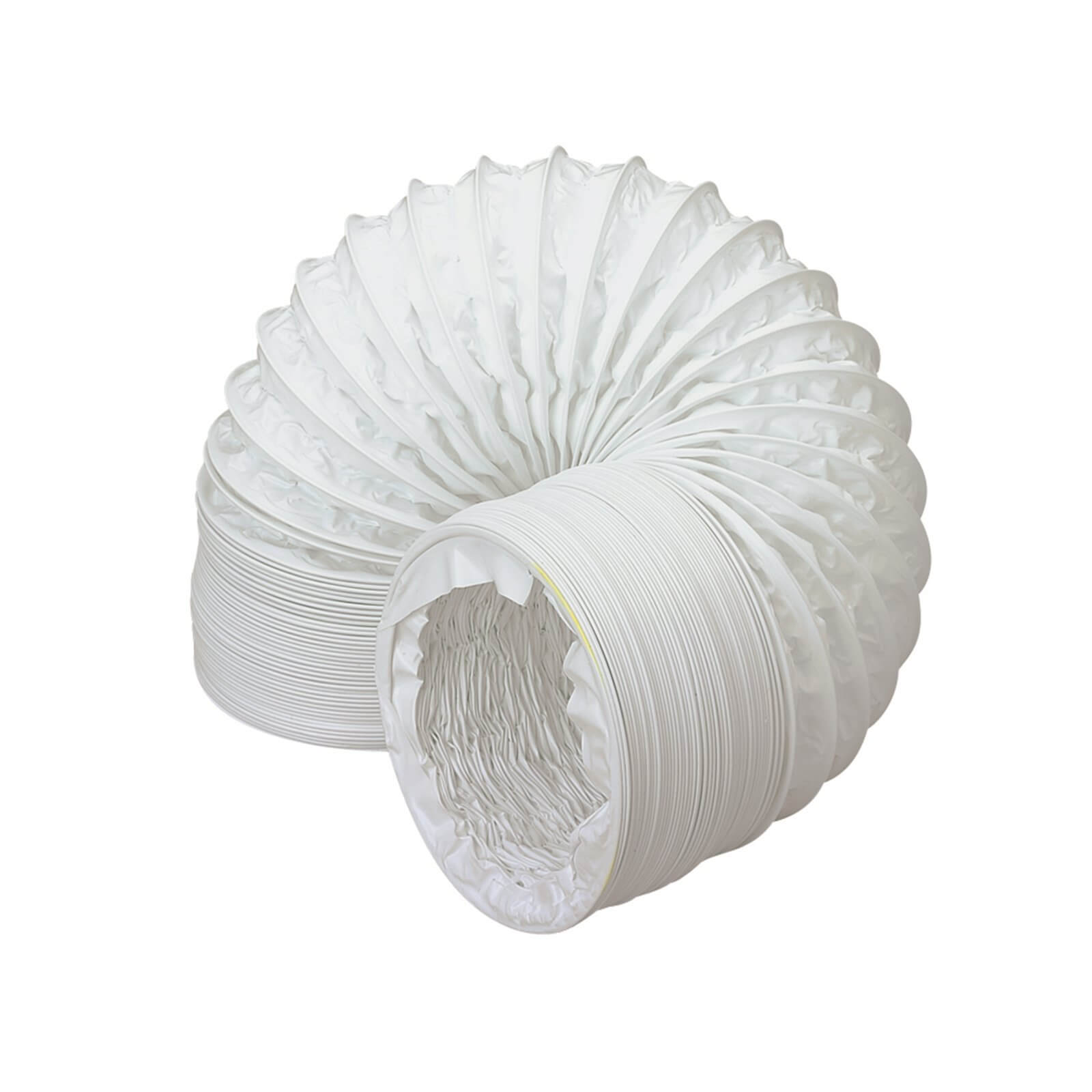



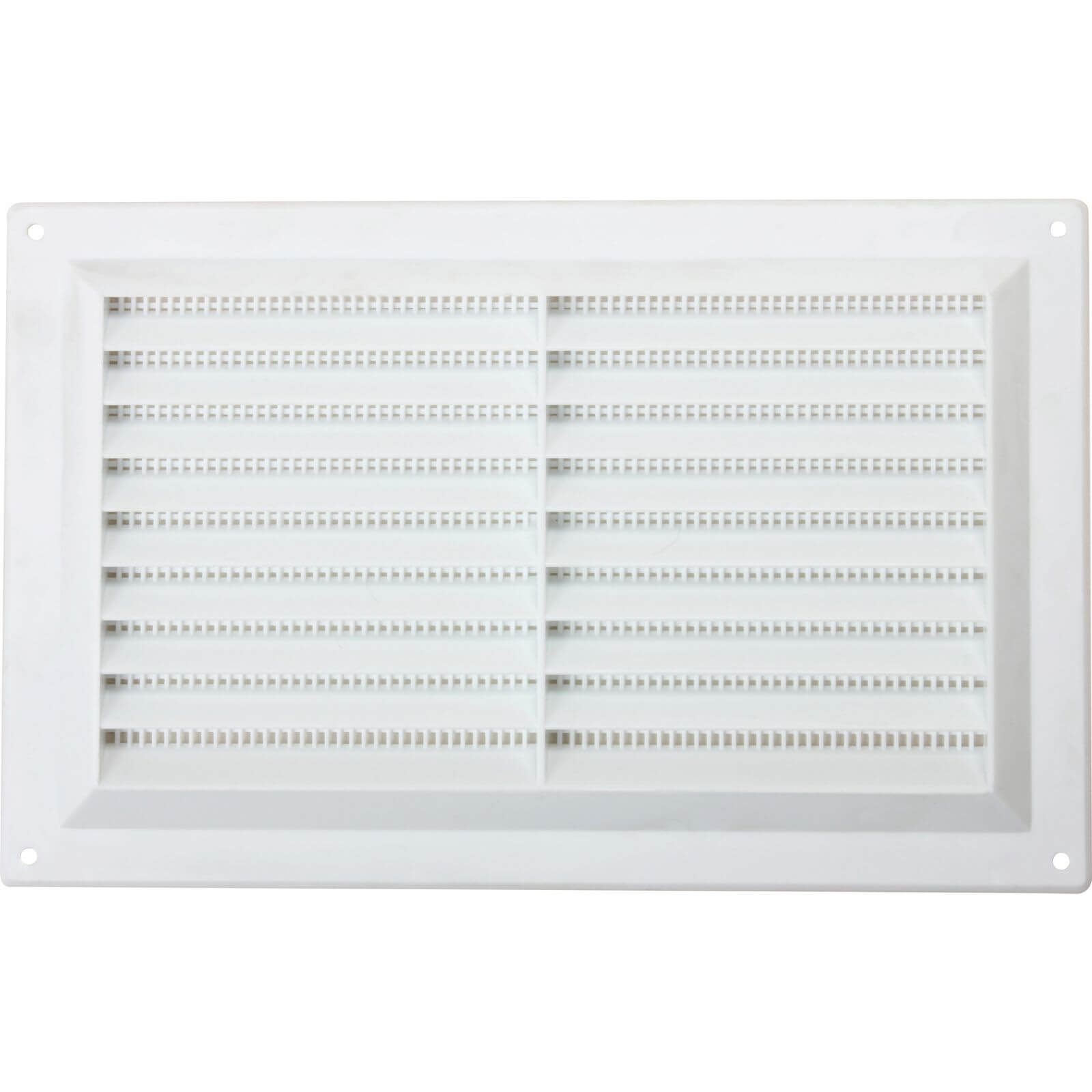




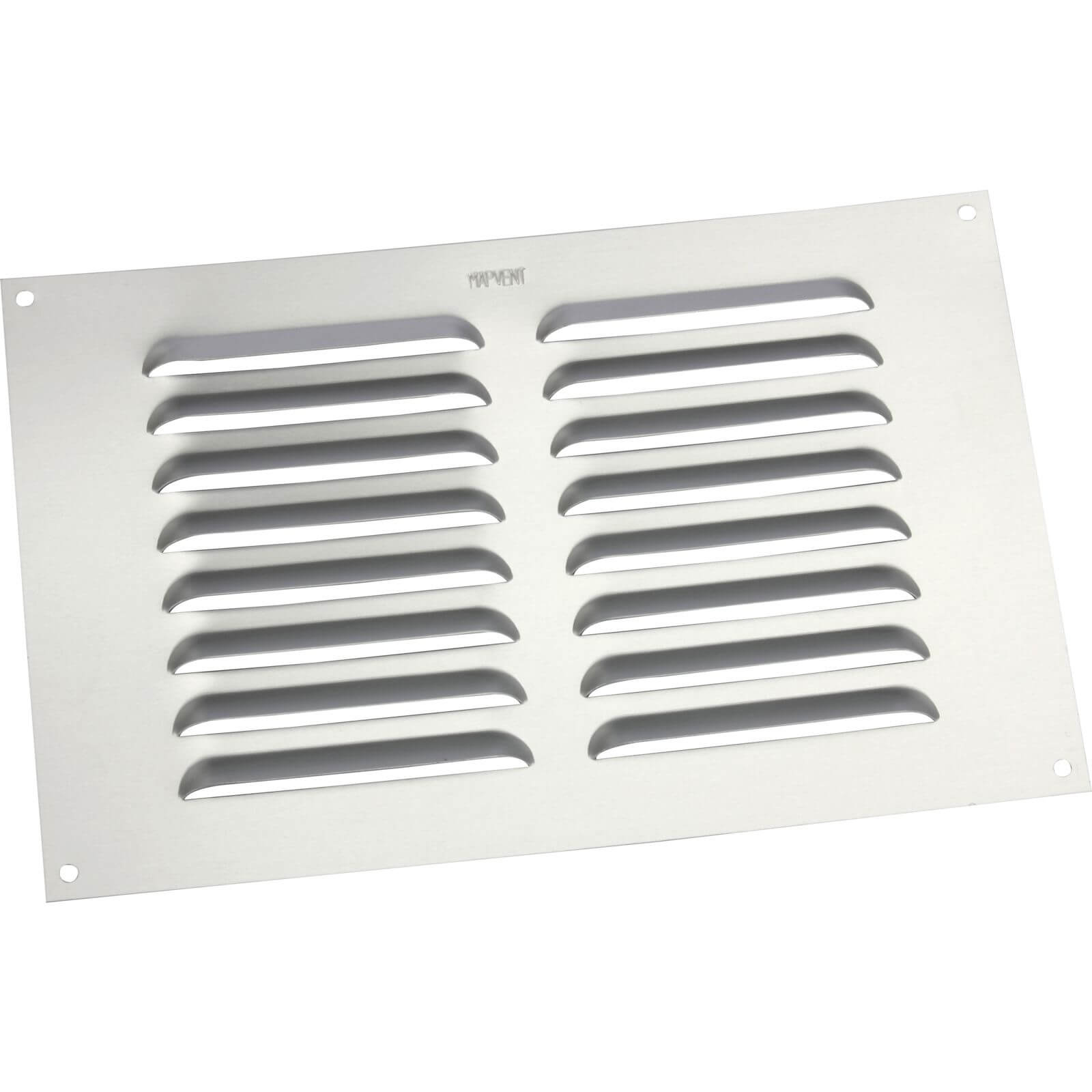

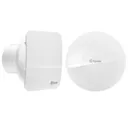

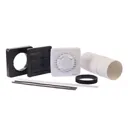
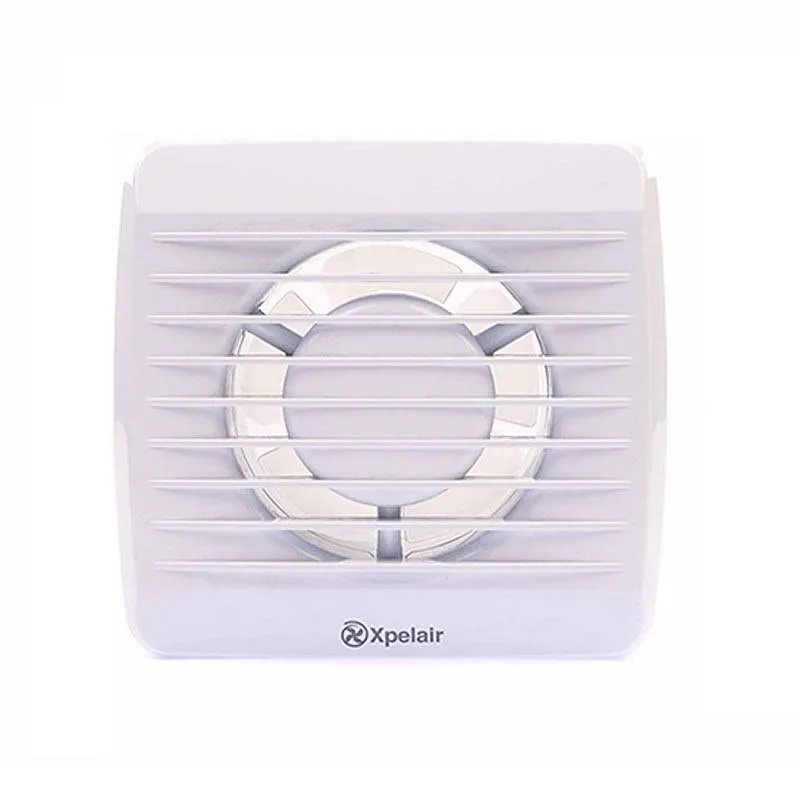

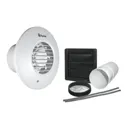
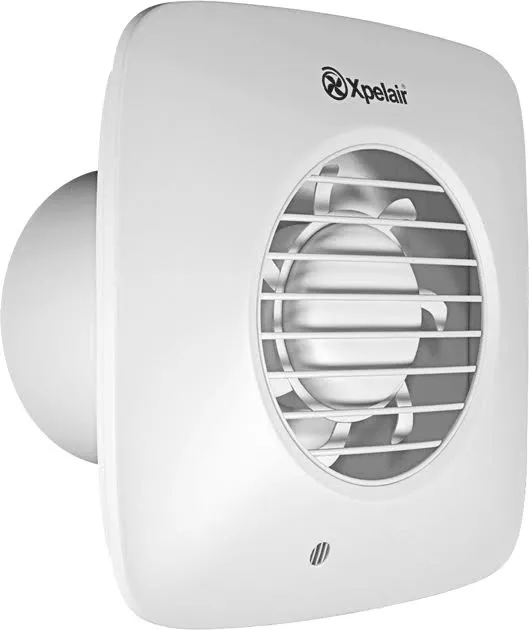
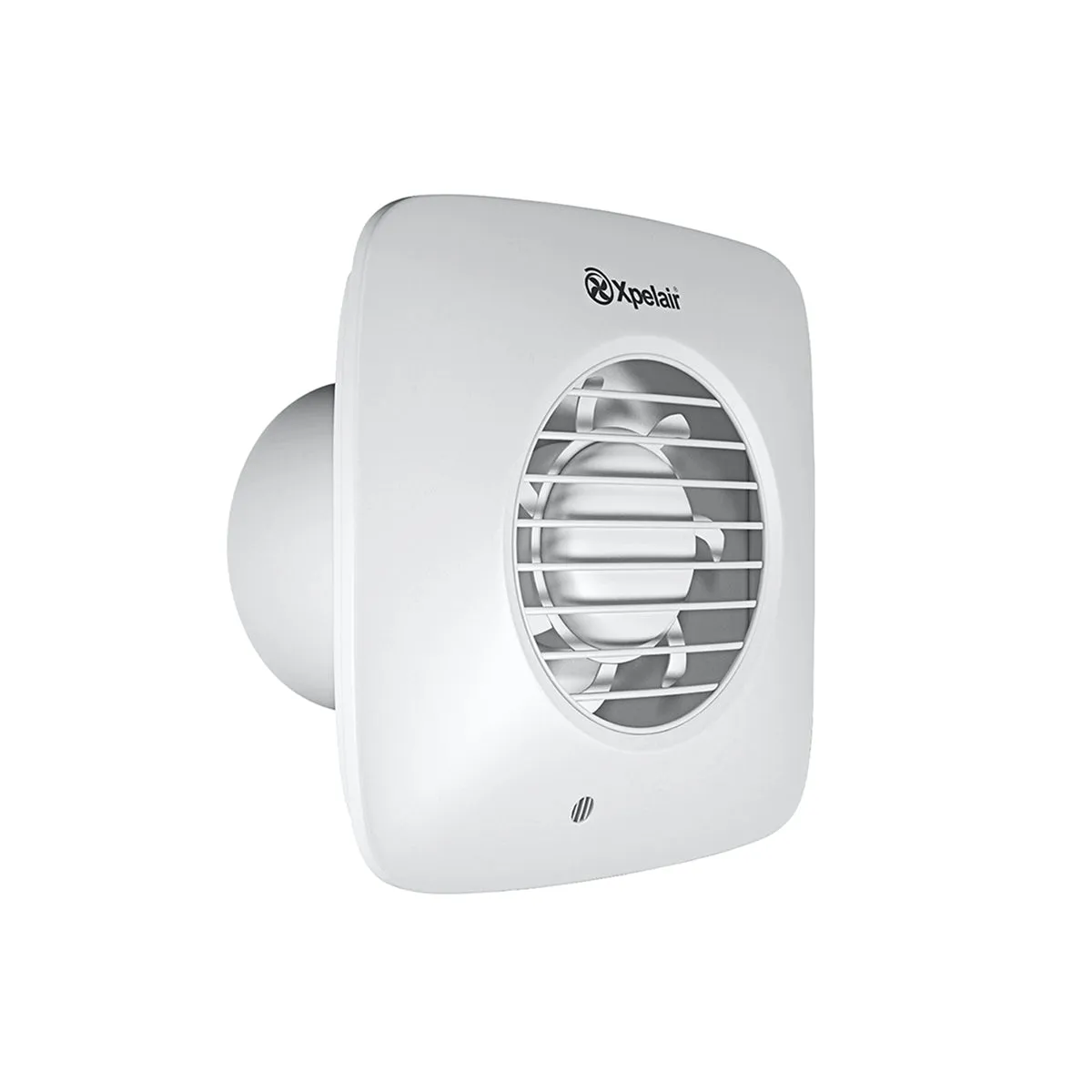
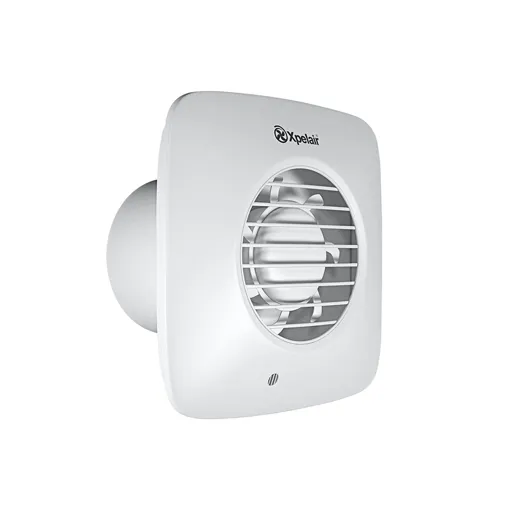
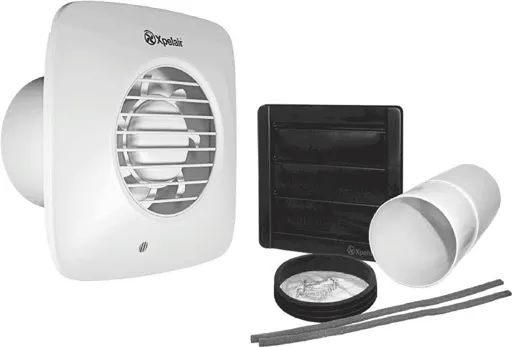
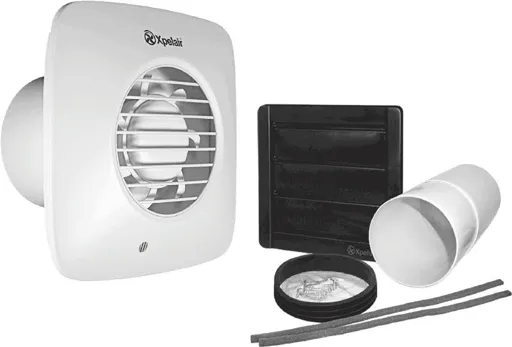
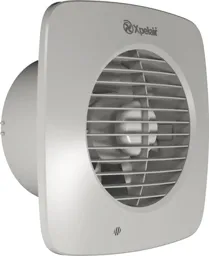
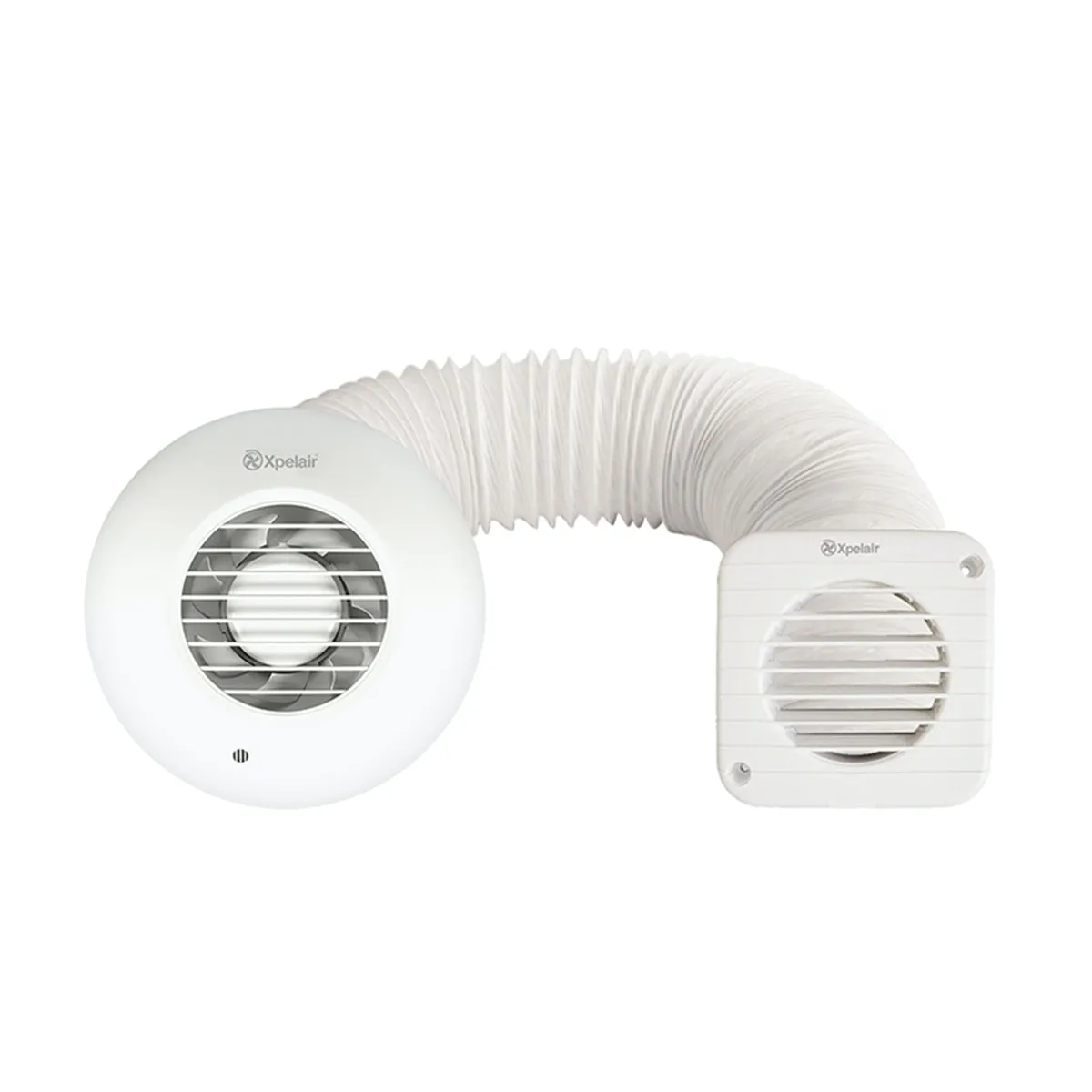
Bathroom Extractor Fans | Bathroom Ventilation
The bathroom is the most humid room in your home, so it can create more condensation, cause mould, and generally leave the bathroom damp. Bathroom fan extractors provide an ideal solution but it must take several considerations to choose and install a fan to ensure it works.
What does an extractor fan do?
Bathroom fans pull out humidity from bathroom air and carry them through the ducts. This helps stop condensation in water from condensing and helps circulate fresh air through bathrooms and showers. It is possible to find a range of extracting fans that work in a similar manner. Axial fans are usually connected via an external wall, while over shower fans have IP ratings for use in highly dry environments.
How do I choose the right bathroom extractor fan?
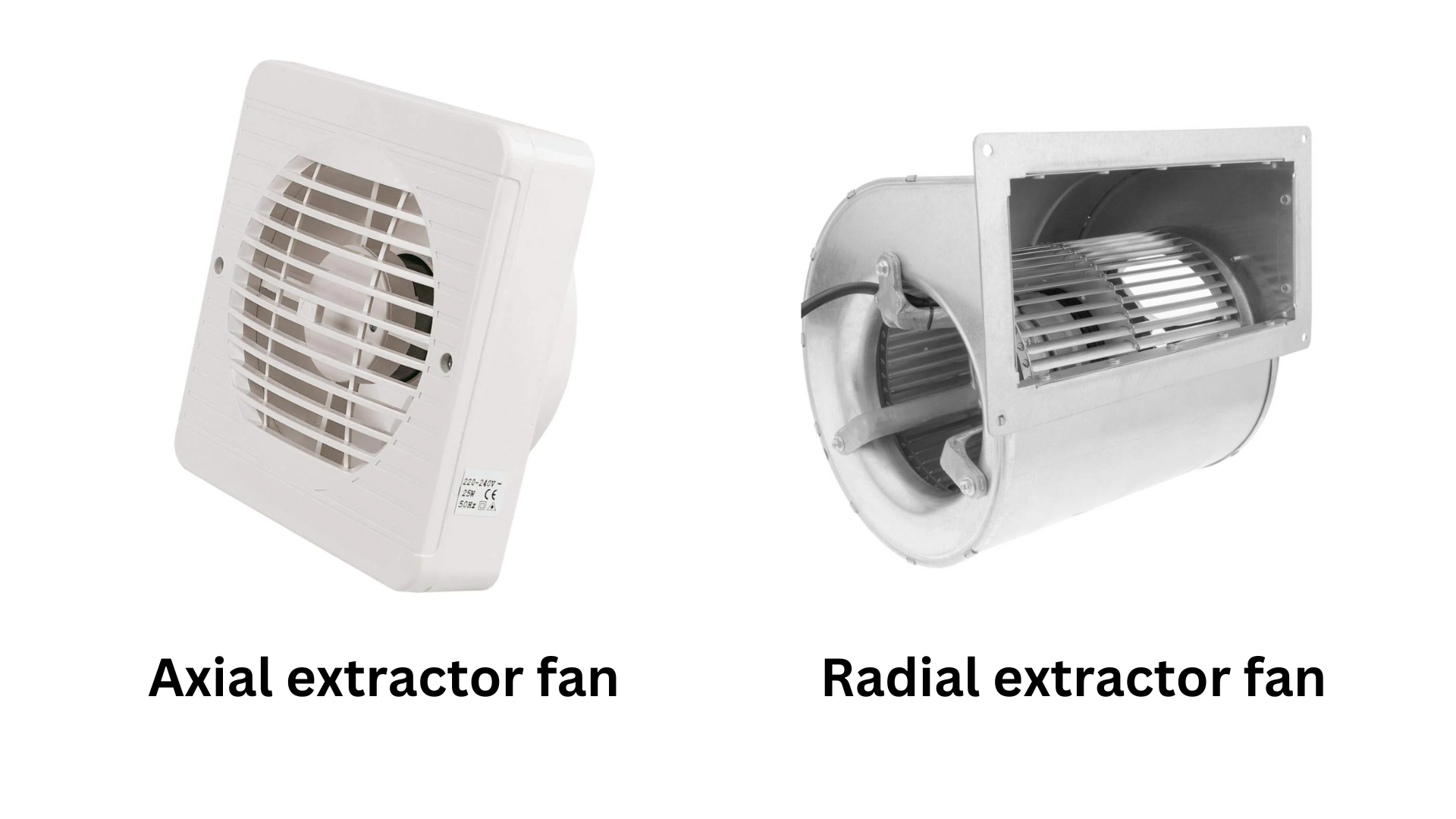
If you ask yourself, "How to choose a fan for the bathroom?" then start by choosing the type. Radial fan – is suitable for more extensive and demanding spaces, for example, in the commercial sector or offices. The intake and transport of air is done here with the help of turbines. Radial extractor fans are usually connected to a longer route of the ventilation pipe. It is possible to extract moisture from several rooms at once. However, installing such a system is more complicated. Axial fan - is ideal for households with a shorter ventilation duct. They are characterised by high airflow at lower pressure. The air outlet is made possible by the propeller's action, which is fixed on the motor's axis. The blades suck in and release air as they rotate. Duct extractor fans are suitable for connecting air ducts in residential and non-residential premises. It is possible to choose a fan with sliding bearings, ideal for occasional use, or a fan with ball bearings for regular use.
Do you need an extractor fan?
The bathroom and toilet, which are often connected, are among the smallest rooms in the house or apartment, but the most moisture is held here. In an airless bathroom, the relative humidity reaches values of 70-80%, but even 100% humidity is not an exception. If you do not remove moisture and "bad" air or steam from the bathroom with natural ventilation through the open window or with a bathroom extractor fan, not only your health can quickly deteriorate. Consequences of an unventilated bathroom:
- moisture causes the formation of mould and the multiplication of bacteria that cause respiratory diseases and allergies,
- long-term exposure to moisture has a negative effect on wall plasters, bathroom furniture and metal accessories,
- water vapour can also escape to other parts of the home.
What size extractor fan for a bathroom?
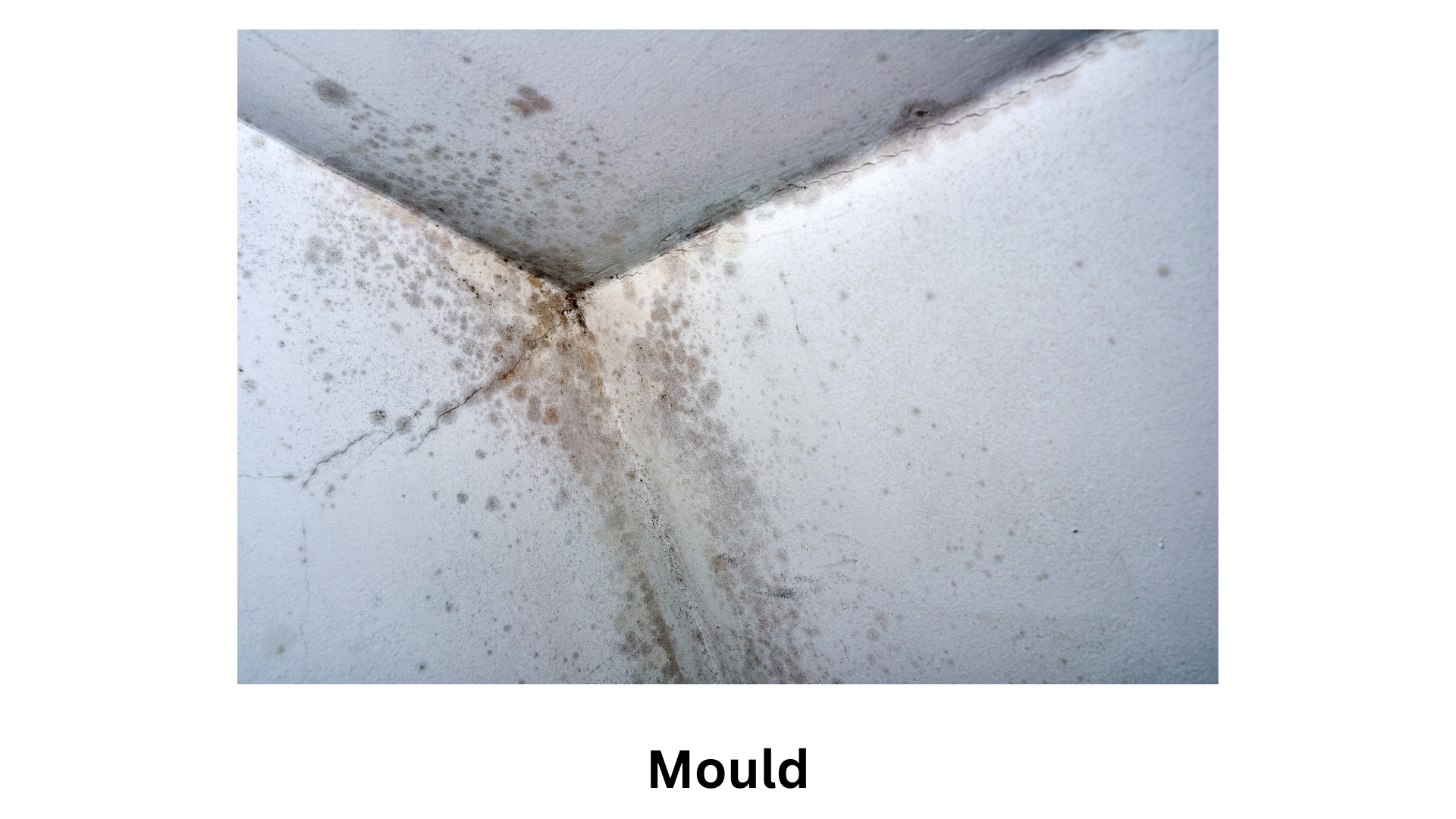
The larger your bathroom, the more airflow you will need for the extractor fan. You measure the volume of the bathroom (i.e. length, width and height in m³) and multiply these data by the number 7. For example: a bathroom is 2.6 m long, 2.3 m wide, and 2.4 m high. This creates the equation 2.6 x 2.3 x 2.4 x 7, the result of which is 100.464. Therefore, in this case, a fan with a volumetric air flow of approx. 100 m³ would be needed. Radial bathroom extractor fans are produced in only one size, while axial fans are available in 3 sizes. Here we attach a simple table that will help you choose correctly:
- Ø 100……approx. 100 m³
- Ø 125 (120) ……approx. 150–180 m³
- Ø 150……approx. 250–290 m³
Don't forget the extractor fan noise
Even such a seemingly small object as an extractor fan can make much noise during its operation. Nowadays, it is taken as standard that extractor fans have a noise level below 40 dB. To our ears, the most considerate extractor fans do not exceed 20 dB at maximum power. The extractor fan is running at full speed, and you hear a noise comparable to the rustling of the breeze in the crown of a tree.
Wall or ceiling installation?
Choose the location of the extractor fan installation according to where the air will be discharged. If an exterior is behind the bathroom wall, you can install a fan on the wall and exhaust the air directly outside. In the case of a bathroom in the central part of the house, you can vent the air away through the wall or ceiling using a tube. If you decide to use a tube, remember to install a condensate drain that will drain the moisture that has precipitated out of it.
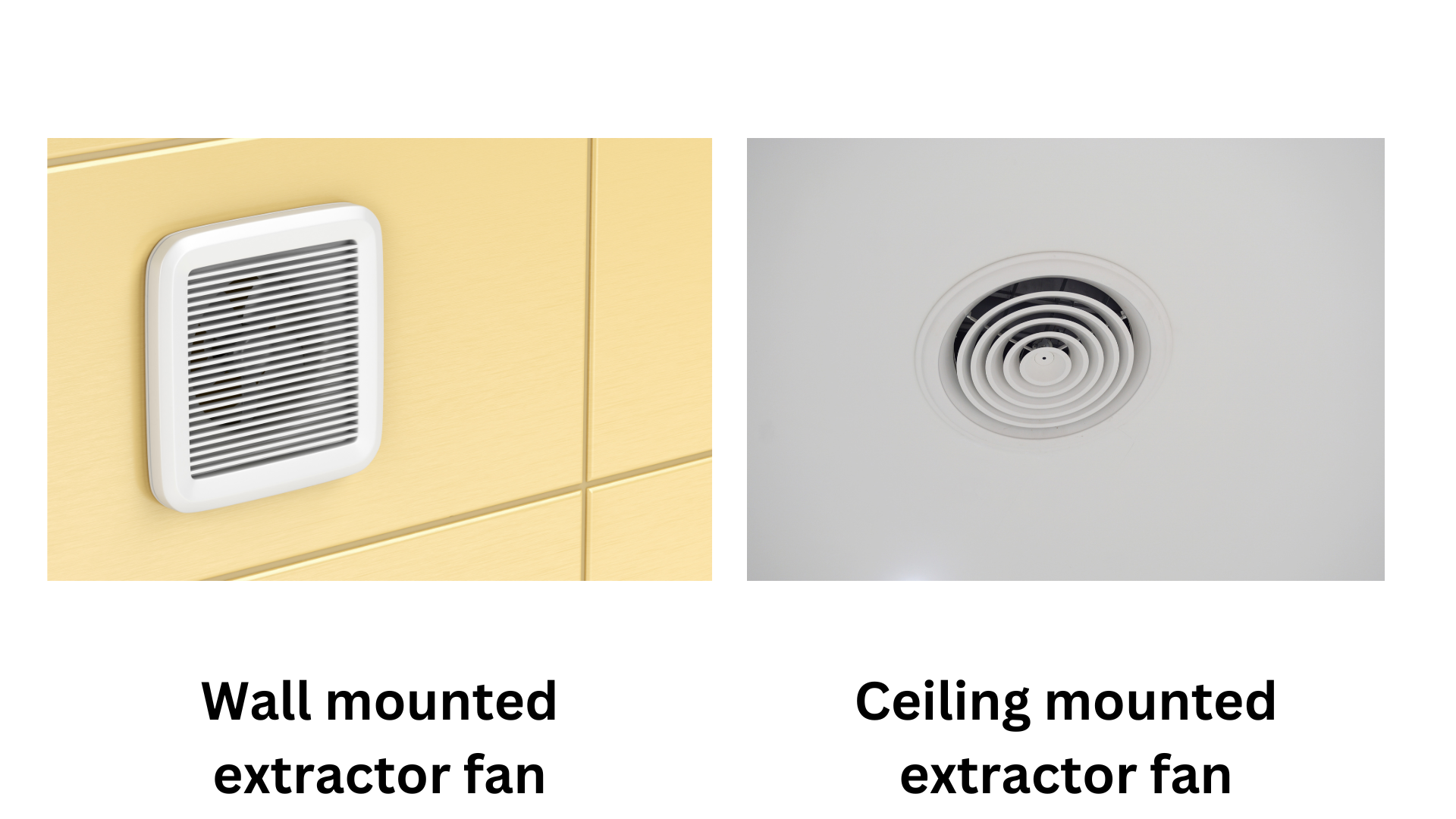 If you exhaust the air directly through the wall, a lower extractor fan power will suffice. Its installation is easy. On the other hand, when draining through the roof, prepare for a more complicated structure, higher financial costs and the need for higher performance, which will be reflected in more excellent noise.
If you exhaust the air directly through the wall, a lower extractor fan power will suffice. Its installation is easy. On the other hand, when draining through the roof, prepare for a more complicated structure, higher financial costs and the need for higher performance, which will be reflected in more excellent noise.
Do extractor fans need to vent outside?
I'll summarise this here. Obviously, every exhausting air conditioner and hood must vent out of the air. Depending upon the kitchen or the size of the appliance, it might be advisable to install a fan. If the money is for the best recirculating hoods that meet the extraction rate in the kitchen, you should install them immediately.
Extractor fan functionality
There are extractor fans available on the market with a wide range of useful functions: Non-return valve – prevents the flow of odours and outside air back into the room. Timer – the fan will run for a pre-set time, even after switching off. Humidity sensor - takes care of maintaining optimal humidity in the bathroom. The fan is activated as soon as the value exceeds the set limit. Light and motion sensor – the fan starts when you turn on the light in the room or when motion is detected.